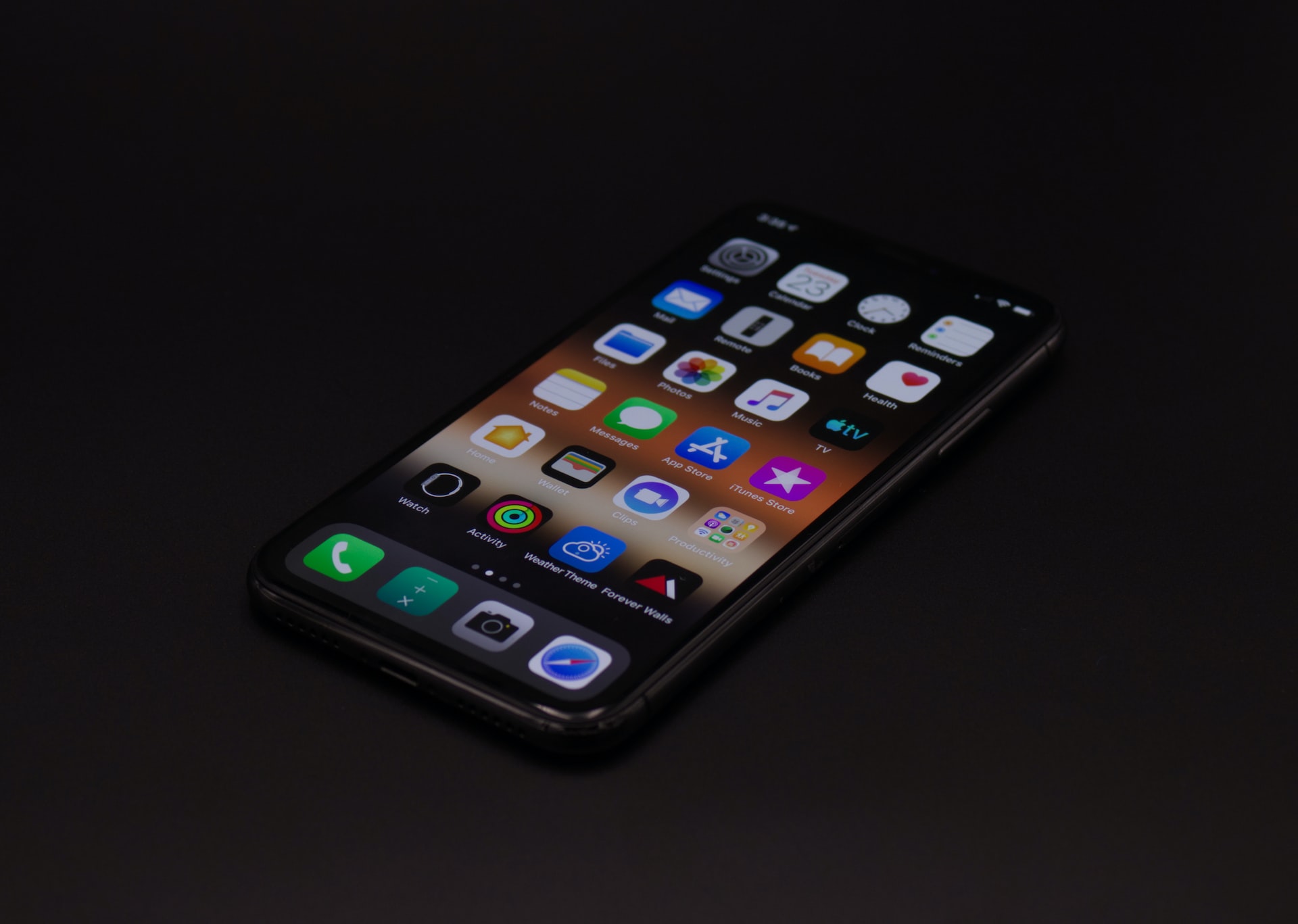Do you know the difference between Android and iOS ? Both have different developments, but they are different from each other.
We can start this question by saying that the first cell phone with the iOS system was launched in 2007, in a much more practical and functional device than the ones that already existed at the time. Before long, the iPhone was already a success around the world.
On the other hand, Android has always had a different proposal, as it was thought of as a more flexible, open and customizable system, able to work on different cell phones and accessories from different brands.
To better understand the difference between Android and iOS, how each one works, which brands use each system and other curiosities, just continue reading!
What is Android and iOS?
android
Android is an operating system that is based on Linux and was created primarily for smartphones and tablets in 2005 by Android INC and sold to Google.
The software is responsible for managing all the cell phone’s tasks, in addition to providing a visual interface so that it can be used.
In 2007, the system was presented to the Open Handset Foundation and, after much development, the first Android mobile device became available for sale in 2008.
In view of this, in 2011, 50% of the world’s population already used Android devices and, in 2012, the Google Market application store was replaced by the Play Store.
An interesting curiosity is that the name of the system alludes to the novel by Philip K. Dick: “Do androids dream of electric sheep?”, where a futuristic story is told in which there are superintelligent androids similar to human beings.
iOS
iOs is also an operating system, however, it was developed exclusively for Apple devices. At first, it was called iPhone OS 1 and its architecture was designed to be a miniature version of Mac OS X that already existed, at that time, on Mac computers.
Furthermore, iPhone OS 1 would be based on multi-touch screen technology, which was a first in the smartphone industry. Users would be able to use their fingers to perform simple tasks, such as zooming in on a photo with a pinch gesture or swiping to open the Notification Center.
With the launch of iPhone 3G, iPhone OS 1 started to gain a lot of popularity until it reached great fame. Before, the virtual store had 500 apps available and, today, it has more than 2 million applications and generates revenue of US$ 15 billion for Apple.
In 2010, in its fourth generation, the iPhone OS evolved and, thus, Apple decided to also put it in other devices of the line, such as the iPad and the iPod Touch. It was at this point that its name became iOS. The system updates approximately once a year and, since then, there have been several changes in its graphical interface and the addition of new technologies.
The term “OS” is an acronym for Operating System . The letter “i”, Apple’s famous tradition started in 1998 by creator Steve Jobs, has become a symbolic prefix to represent the company’s products, such as the iMac, iPod, iPhone and iPad.
Which brands use these systems?
As we mentioned, the iOS system was created exclusively for Apple products, so it works on the following devices (in the current iOS 14 version): iPhone 6s, iPhone 6s Plus, iPhone SE, iPhone 7, iPhone 7 Plus, iPhone 8, iPhone 8 Plus, iPhone X, iPad Air, iPad Air 2, iPad (2017), iPad mini 2, iPad mini 3, iPad mini 4, iPad Pro (12.9 inch), iPad Pro (9.7 inch), iPad Pro (10.5 inches) and iPod Touch (6th generation).
Meanwhile, Android works on many brands of smartphones and tablets. Some of them are: Samsung, Motorola, Asus, Xiaomi, Realme, LG, Huawei, etc.
Is there a difference in applications on each system?
The process involved in developing and submitting an app to each app store is different for each system.
An Android app should only be made in specific languages: Kotlin and Java. This makes development more complex, due to the number of smartphone models the app has to run on, with different screens and hardware.
Meanwhile, an iPhone application only uses the Swift and Objective-C language and, thus, programming ends up being more relaxed and assertive.
But the truth is that the difference between Android and iOS is not only in the creation of the app, but also in its publication. When going to “post” an application in one of the stores, there are fees to be paid. On the Play Store, this fee is a one-time fee of $25; in the App Store, this fee is annual, in the amount of U$ 99.
Also, Apple’s terms are stricter when it comes to approving an app, which takes longer. In the Play Store, this process is less bureaucratic and you have much more freedom of content.
What are the specific functions of each one?
android
It takes advantage of the freedom and possibilities of connecting to different devices and the world of apps for the Play Store, as we saw earlier.
In addition, functions may vary between Android phones from different manufacturers, due to some exclusive tools that versions gain over time.
iOS
Design and usability are the strengths of iOS. One of the main advantages for those who have Apple devices is to enjoy connectivity with other equipment and gadgets from the brand with almost no configuration effort.
Now you know the difference between Android and iOS and other information about these systems. This is very important when choosing a new cell phone or device.
